State
Tribe Name
Art Type
short description
Rani Gaidinliu turned out to be a famous Naga political as well as spiritual leader who aided in India's conflict with British colonization. The lady was born into the world on January 26, 1915, to a small village by the name of Luangkao that now lies within the Tamenglong District of Manipur. She was a member of the Rongmei tribe, which is the second one among the three tribes of the Zeliangrong community.
Thumbnail
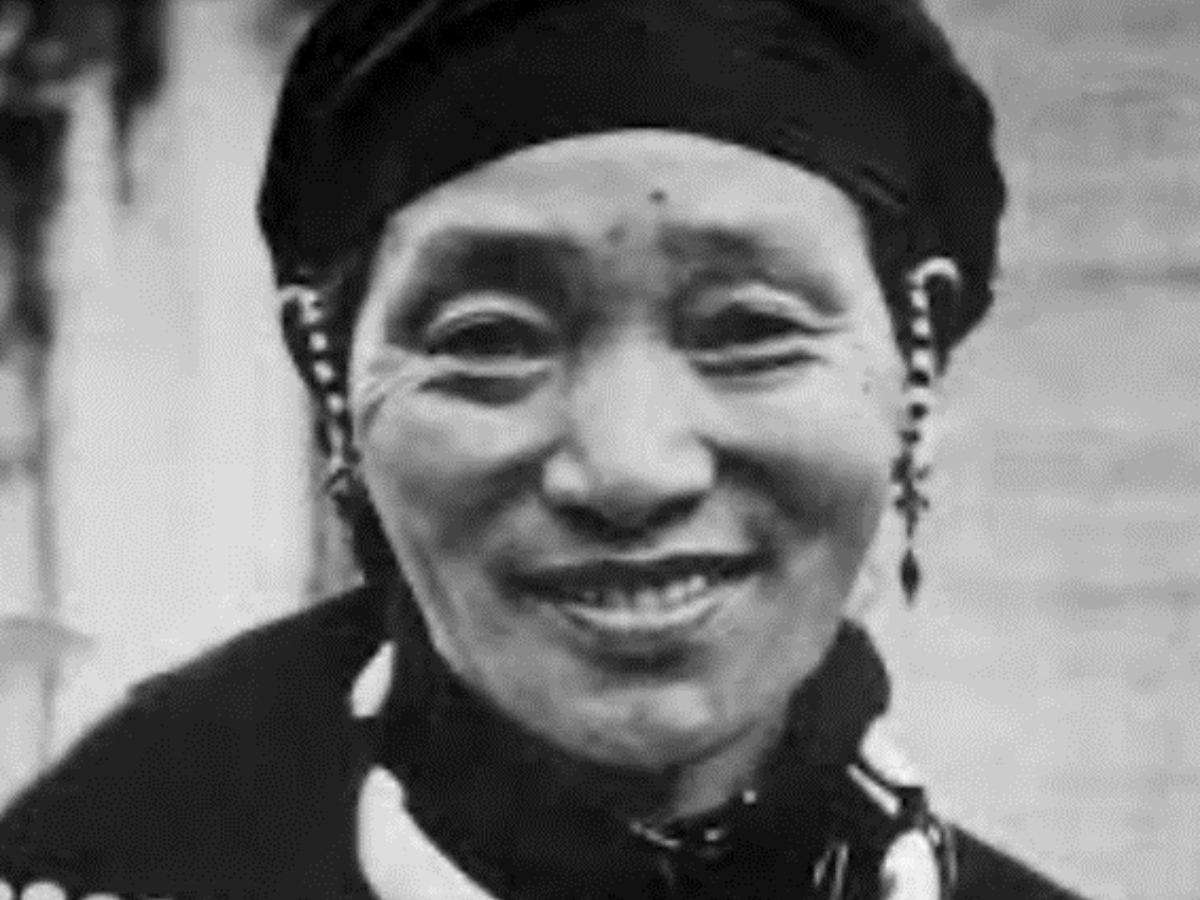
Filter Postion
Left
Filter Background
Off
Theme
Filter Header Image
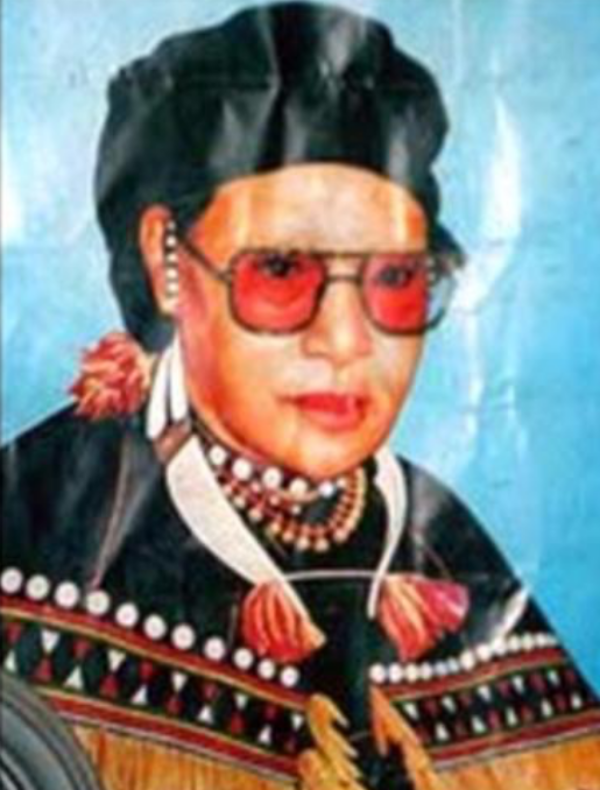
content
Image
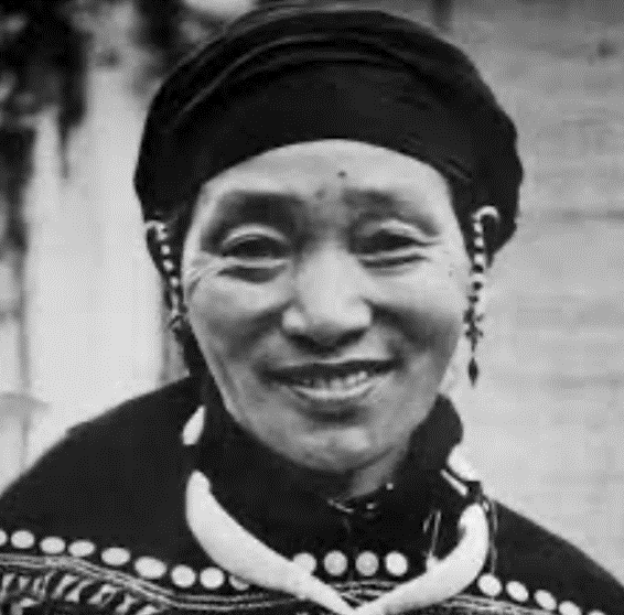
description
Rani Gaidinliu turned out to be a famous Naga political as well as spiritual leader who aided in India's conflict with British colonization. The lady was born into the world on January 26, 1915, to a small village by the name of Luangkao that now lies within the Tamenglong District of Manipur. She was a member of the Rongmei tribe, which is the second one among the three tribes of the Zeliangrong community.
Image Mode
landscape
Image
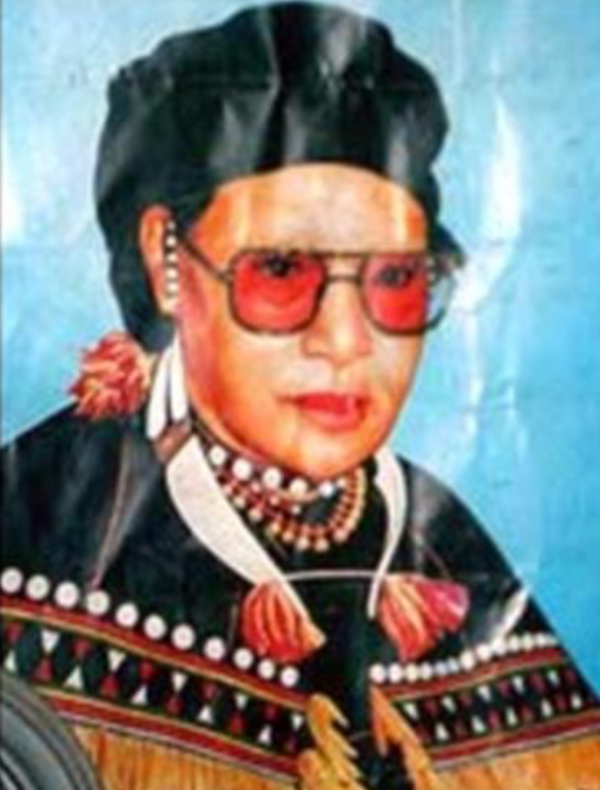
description
In her teens, she joined the Heraka Movement, a Naga nationalist movement that opposed British rule and called for self-rule of the Naga under her cousin Haipou Jadonang. Gaidinliu took charge of the protest, rallying her people against British rule and propagating ideas of Gandhi after the British executed her cousin and Naga leader Jadonang in 1931. After 1932, she began organizing guerilla raids in the Cachar Hills and Hangrum Village, prodding the Zeliangrong tribes against British oppression and abhor not paying taxes.
Image Mode
landscape
Image
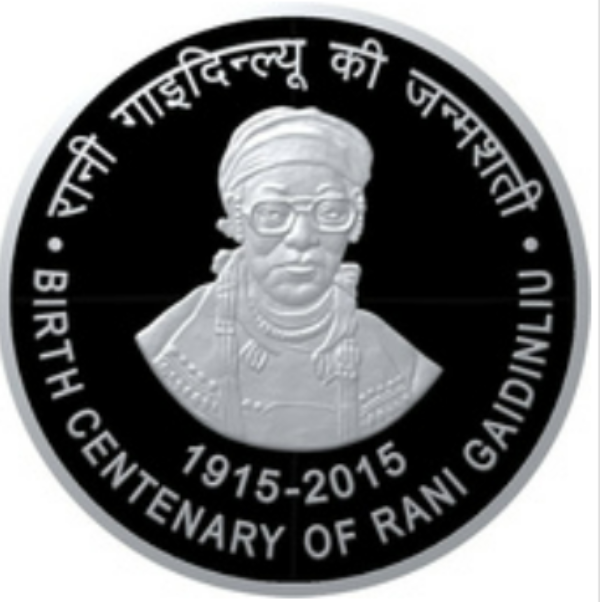
description
The British wouldn't tolerate her rebellion. They hunted her across the hills, finally capturing her on October 17, 1932, and locking her away for life. Even when Nehru visited her Shillong prison cell in 1937 and famously called her "Rani" while pleading for her freedom, the British refused to bend. She remained their prisoner until the dawn of India's independence in 1947.
Image Mode
landscape
Image
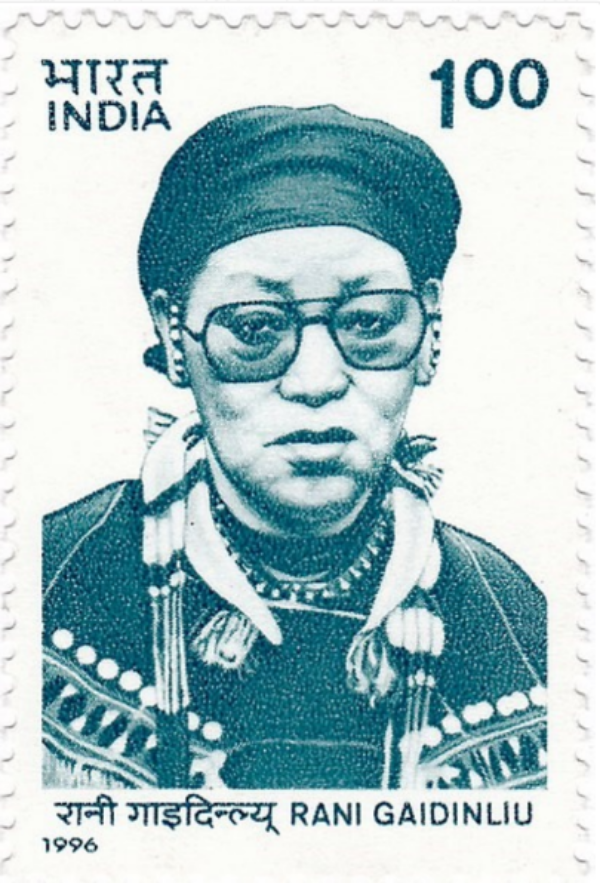
description
India never forgot her sacrifice. India celebrated her courage with the Padma Bhushan in 1982, followed by the Birsa Munda Award in 1996. Decades later in 2016, her legacy took new forms - the Indian Coast Guard launched a ship bearing her name, while special coins and stamps spread her story to every corner of the nation. Soon, the soil where she first stood up against oppression will cradle her story forever - the upcoming Rani Gaidinliu Tribal Freedom Fighter Museum will make sure of that.
Image Mode
landscape
promoted
On
Verified
Off
